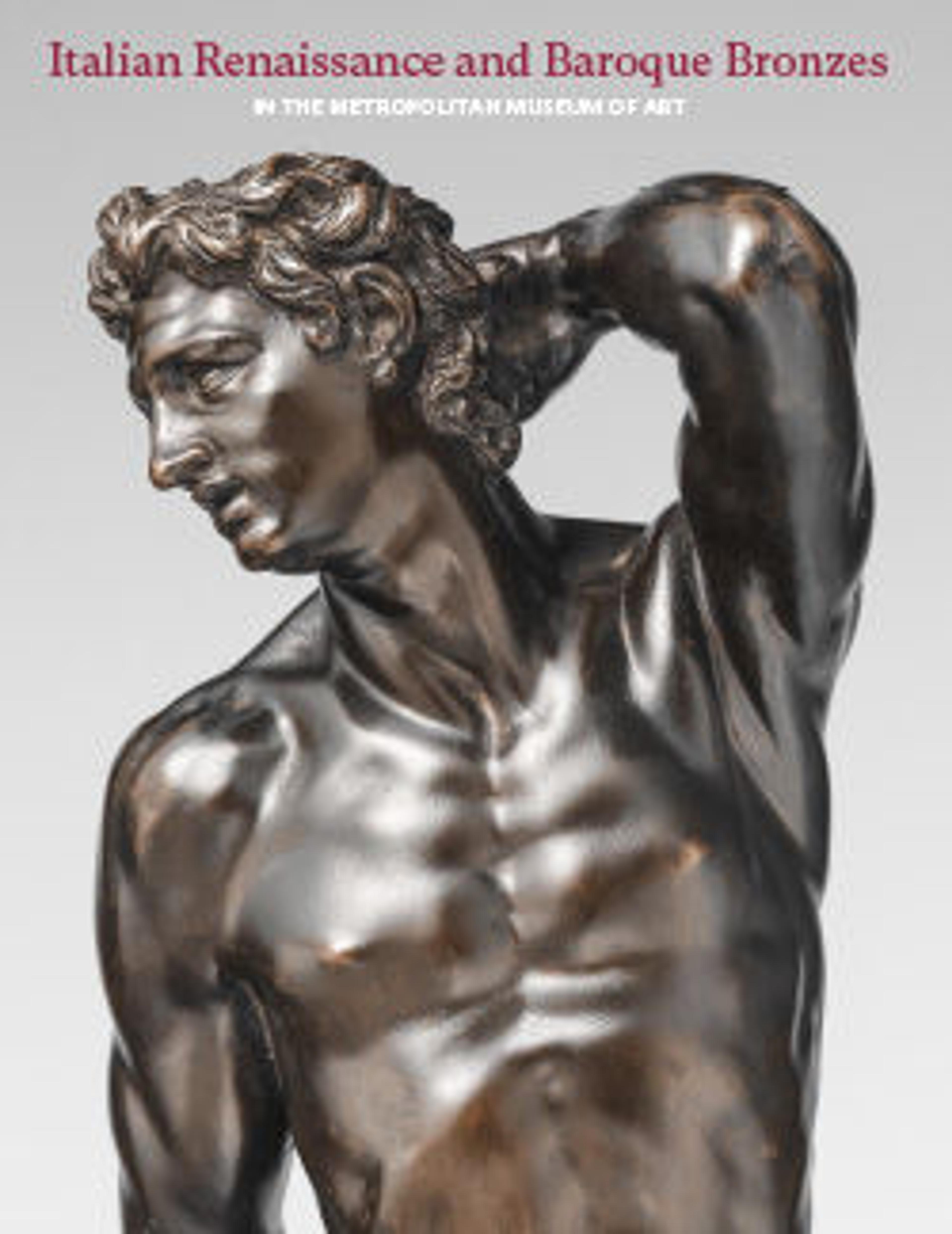Rooster
Was our bird the loser in a cockfight? John Goldsmith Phillips, observing without alarm that it is half-plucked (“on port side represented in his full and splendid plumage, on starboard bare of any feathers”), ascribed the sculpture to a seventeenth-century follower of Giambologna, recalling that artist’s bronze avifauna made for the grotto of the Medici villa in Castello.[1] Herbert Keutner, in a letter of June 18, 1959, urged Phillips to consider whether the Rooster might not be from Giambologna’s own hand. Keutner was right to mention its “impressionistic handling,” which, with the decorous cadences of metal feathers, reminiscent of Art Nouveau, surely point to a latter-day animalier.[2] And indeed, our rooster is defiant enough, but its torn, bedraggled feathers rule out any origins in the exalted company of Giambologna’s birds, each a proud specimen of its type.
-JDD
Footnotes
(For key to shortened references see bibliography in Allen, Italian Renaissance and Baroque Bronzes in The Metropolitan Museum of Art. NY: The Metropolitan Museum of Art, 2022.)
1. See C. Avery 1987, pp. 151–55.
2. ESDA/OF
3. Radiographs identified the core supports as large machine-made nails, first manufactured in the nineteenth century. The bronze contains a minor amount of lead but no nickel, antimony, or silver, suggesting the copper was electrolytically refined, supporting a late nineteenth- to early twentieth-century dating. R. Stone/TR, March 30, 2011.
-JDD
Footnotes
(For key to shortened references see bibliography in Allen, Italian Renaissance and Baroque Bronzes in The Metropolitan Museum of Art. NY: The Metropolitan Museum of Art, 2022.)
1. See C. Avery 1987, pp. 151–55.
2. ESDA/OF
3. Radiographs identified the core supports as large machine-made nails, first manufactured in the nineteenth century. The bronze contains a minor amount of lead but no nickel, antimony, or silver, suggesting the copper was electrolytically refined, supporting a late nineteenth- to early twentieth-century dating. R. Stone/TR, March 30, 2011.
Artwork Details
- Title:Rooster
- Artist:Style of Giambologna (Netherlandish, Douai 1529–1608 Florence)
- Date:probably 19th–20th century
- Culture:Italian or French
- Medium:Bronze, on a later stone base
- Dimensions:Overall (confirmed): 8 13/16 × 7 1/8 × 3 1/4 in. (22.4 × 18.1 × 8.3 cm)
- Classification:Sculpture-Bronze
- Credit Line:Edith Perry Chapman Fund, 1958
- Object Number:58.156
- Curatorial Department: European Sculpture and Decorative Arts
More Artwork
Research Resources
The Met provides unparalleled resources for research and welcomes an international community of students and scholars. The Met's Open Access API is where creators and researchers can connect to the The Met collection. Open Access data and public domain images are available for unrestricted commercial and noncommercial use without permission or fee.
To request images under copyright and other restrictions, please use this Image Request form.
Feedback
We continue to research and examine historical and cultural context for objects in The Met collection. If you have comments or questions about this object record, please contact us using the form below. The Museum looks forward to receiving your comments.
